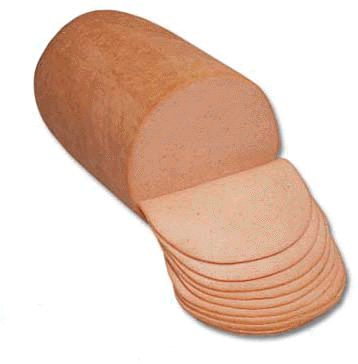@
rkm rdt Evidence? Where have you been? I have fabricated, milled, and delivered enough all zirconia abutments to my patients that we will no longer deliver them, with exceptions made in the esthetic zone, and even then, with great caution when restoring morse tapered connection. I've been to enough symposia and meetings to know I'm not the only one experiencing issues with all zirconia abutments.
The Journal of Prosthetic Dentistry Volume 95, Issue 2, February 2006, Pages 111–11
Wael, et al
Fracture resistance of single-tooth implant-supported all-ceramic restorations: An in vitro study
Forty-eight standardized maxillary central incisor alumina crowns (Procera) were fabricated for each of the 3 test groups (n=16) (Control group Ti, titanium abutments; Group Al, alumina abutments; Group Zr, zirconia abutments) for the Replace implant system. The crowns were adhesively luted using a resin luting agent (Panavia 21) and artificially aged through dynamic loading and thermal cycling. Afterwards, all specimens were tested for fracture resistance using compressive load on the palatal surfaces of the crowns. Kruskal-Wallis analysis of variance and post hoc Wilcoxon rank sum tests were performed to test for differences in fracture resistance values (α=.05).
Results All test specimens survived the artificial aging process using simulated oral conditions. No screw loosening was recorded.
The median fracture resistance was 1454 N, 422.5 N, and 443.6 N for groups Ti, Al, and Zr, respectively. Significant differences were found for the fracture resistance comparisons of group Ti with groups Al and Zr (Kruskal-Wallis test, P<.001). The test results for the comparison of groups Al and Zr were not significant.
Conclusion All 3 implant-supported restorations have the potential to withstand physiologic occlusal forces applied in the anterior region.
Int J Oral Maxillofac Implants. 2009 Sep-Oct;24(5):850-8.
In vitro study of the influence of the type of connection on the fracture load of zirconia abutments with internal and external implant-abutment connections. Sailer I,
Sailer T,
Stawarczyk B,
Jung RE,
Hämmerle CH.
Source Clinic for Fixed and Removable Prosthodontics and Dental Material Science, Center for Dental and Oral Medicine, University of Zurich, Switzerland.
[email protected] Abstract
PURPOSE: To determine whether zirconia abutments with an internal connection exhibit similar fracture load as zirconia abutments with an external connection.
MATERIALS AND METHODS: The following zirconia abutments were divided into four groups of 20 each: StraumannCARES abutments on Straumann implants (group A),Procera abutments on Branemark implants (group B),Procera abutments on NobelReplace implants (group C),and Zirabut SynOcta prototype abutments on Straumann implants (group D). The abutments were fixed on their respective implants either internally via a secondary abutment (A) or a metallic coupling (C) (two-piece) or directly externally (B) and internally (D) (one-piece). In each group, 10 abutments were left unrestored (A1 to D1). Ten received glass-ceramic crowns (A2 to D2). Static loading was performed according to the ISO norm 14801 until failure. The bending moment was calculated for comparison of the groups and subjected to statistical analysis (Student t test).
RESULTS: The mean bending moments of the unrestored abutments were 371.5 +/- 142.3 Ncm (A1),276.5 +/- 47.6 Ncm (B1),434.9 +/- 124.8 Ncm (C1),and 182.5 +/- 136.5 Ncm (D1). Two-piece internally connected abutments exhibited higher bending moments than one-piece internally (C1 versus D1 P = .003, A1 versus D1 P = .03) or externally (C1 versus B1 P = .004) connected abutments. The groups with restorations did not show different bending moments than those without restorations. The mean bending moments of the restored abutments were 283.3 +/- 44.8 Ncm (A2),291.5 +/- 31.7 Ncm (B2),351.5 +/- 58 Ncm (C2),and 184.3 +/- 77.7 Ncm (D2). Group C2 exhibited the highest bending moment (P < .05). Internally connected one-piece abutments (D2) were weaker than all other groups (D2 versus A2 P = .002; D2 versus B2 P = .001; D2 versus C2 P = .0003).
CONCLUSIONS: The type of connection significantly influenced the strength of zirconia abutments.
Superior strength was achieved by means of internal connection via a
secondary metallic component. 



